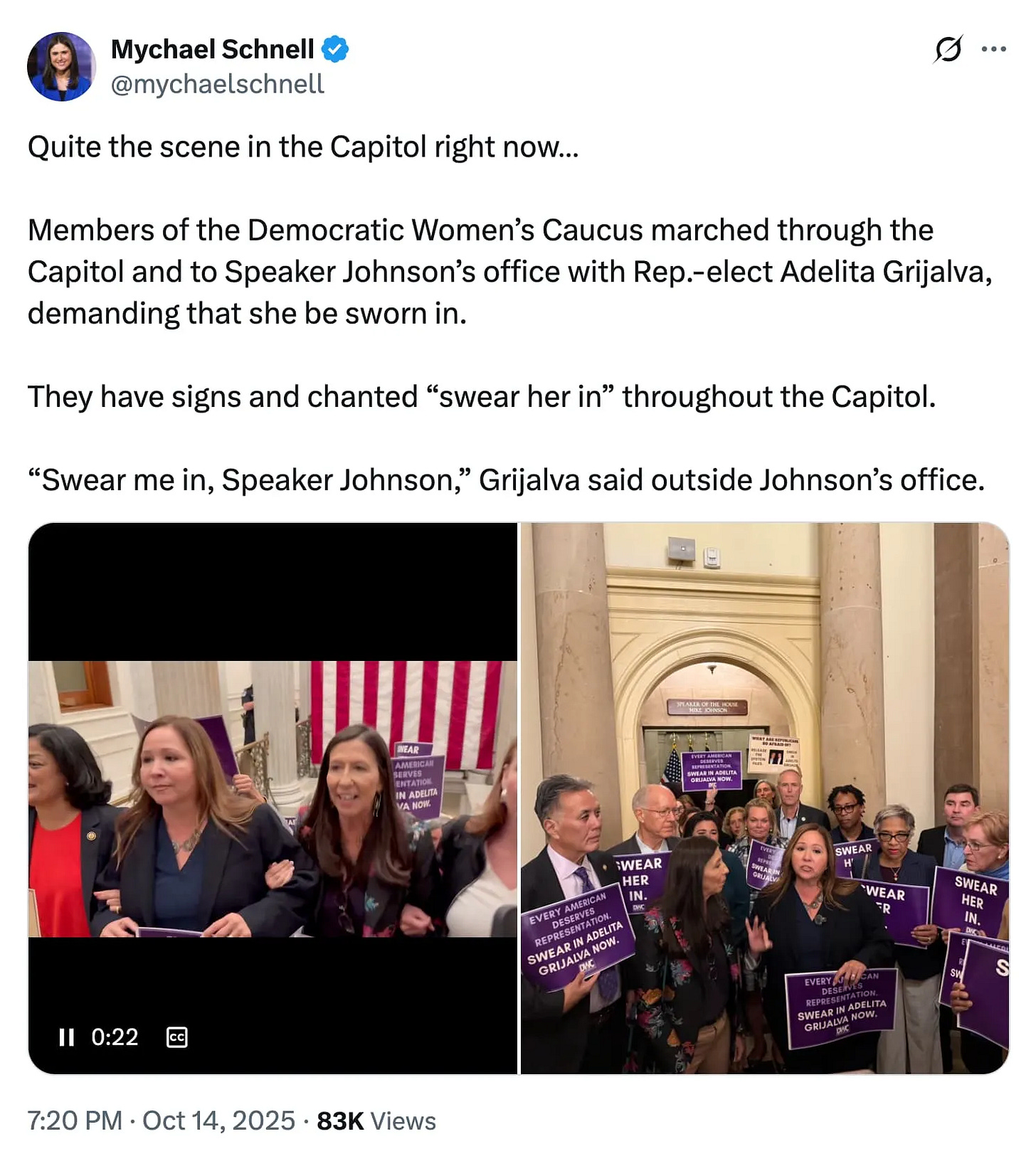A very, very big meeting
Why can’t we have night meetings? … Let’s hear it for the frogs … And our navy or theirs?
Despite the recent high-stakes dust-ups between city and county leaders over Project Blue and a few other issues, the Pima County Board of Supervisors voted Tuesday to move ahead with a rare joint meeting with the Tucson City Council.
In fact, Supervisor Rex Scott wants to hold several joint meetings with his council colleagues over the next few months. The first will focus on homelessness and related issues, including chronic issues with drug-related crime in Tucson.
Although both Pima County and the City of Tucson are run almost exclusively by Democrats, city and county officials have been beefing recently about Project Blue, a two-tier water rate that forces county residents to pay more than city residents, and how to address chronic issues related to homelessness.
And while this meeting could represent a warming of relations between the two bodies, officials are taking it slow, one topic at a time.
Hence the multiple meetings.
Tucson Mayor Regina Romero and Scott (along with staffers) hold regular monthly get-togethers that have helped to keep the two largest political bodies in Tucson on the same page.
Those meetings have focused on justice services and have in the past included representatives from the sheriff’s department, the Tucson police department, both the city and county courts, as well as the county attorney and the city attorney.
But it’s clear there are still sore subjects between Tucson and Pima County officials.
During a press conference on Monday related to the “Safe City Initiative,” Romero seemed to suggest that the county should be doing more to address a public health crisis related to fentanyl and homelessness in the region.
In the meeting, Romero said the city was doing everything it could, but needed its regional partners to step up.
City officials have been critical in the past of both the county health department and the Pima County Attorney’s Office, arguing they can do more to address the problem.
Republican Pima County Supervisor Steve Christy — the lone Republican in the group — voted against holding a joint meeting. He argued it would be better to meet with all the jurisdictions associated with the Pima Association of Governments.
Now that would be a really big meeting.
“I think they have input, they have insight, they have experiences that they can contribute. And to exclude them would be missing out on some great opportunities for some great ideas. So I think it has to be a collaborative, county wide, jurisdictional wide effort of inclusion,” Christy said, then adding. “I’m starting to sound like a Democrat.”
For now, the supervisors and the council still have to decide on a meeting time, although Supervisor Andrés Cano floated the idea of holding the meeting on November 18.
Board of Supervisors after dark?
Ever wanted to go to a Board of Supervisors meeting but couldn’t because of your job, childcare issues, or you just weren’t available at 9 a.m. on a Tuesday?
Well, we might have good news on that front. Key word: “might.”
The supervisors are toying with their public meetings schedule, opting to hold study sessions to cut back on the length of meetings where they actually cast votes.
Supervisor Jennifer Allen pushed for shifting one of their day meetings to at least one evening meeting a month — whether a study session or a regular meeting — to give the public better access to county staff and elected officials.
Typically, the Board meets twice a month.
But Pima County Clerk of the Board Melissa Manriquez warned that holding meetings at night would create staffing challenges.
“It would put a strain on our office and our staff,” Manriquez said.
She outlined how her staff would have to shift hours and noted the impact on other departments. She even raised the question of whether county-run parking garages would stay open.
The El Presidio Parking Garage, for example, closes at 8 p.m. (Ask Joe how he knows.)1
The supervisors delayed a final vote on the idea, but we expect the issue will be back on the agenda soon.
Memo to Hobbs
In a 4–1 vote, supervisors urged Gov. Katie Hobbs to join the West Coast Health Alliance — a coalition of governors from California, Oregon, Washington and Hawaii that was launched over concerns about political meddling at the CDC.
The alliance aims to provide independent, science-driven vaccine and public health guidance.
Supervisor Matt Heinz put the item on the agenda. A doctor by training, Heinz openly criticized U.S. Secretary of Health and Human Services Robert Kennedy Jr. — and yes, his infamous brain worm — for eroding public health and science in the U.S.
Frequent board critic Dr. Jane Orient urged the supervisors to reject the proposal.
Orient, who runs the politically conservative Association of American Physicians and Surgeons, has long promoted controversial vaccine-safety views not shared by the larger medical community.
“We absolutely should not join the West Coast Health Alliance. Its main objective is to push the agenda of WHO, various organizations, and Big Pharma, despite growing evidence that their coercive agenda for more and more vaccination can be highly detrimental to children’s health,” she wrote in an email to the Board.
Christy cast the lone no vote, complaining about how HHS was run during the Biden administration’s COVID-19 response.
He called the measure a partisan attack on President Donald Trump.
Scratching each other’s backs: One of the top officials at the Pima County Sheriff’s Department resigned on Saturday after he was investigated for misusing comp time, the Green Valley News’ Kim Smith reports. Sheriff Chris Nanos said the investigation of Harold “Buddy” Janes, the former operations bureau chief, didn’t show any policy violations or criminal activity. But sources in the county government said the probe involved several staffers who may have helped each other rack up huge amounts of paid time they didn’t deserve.
Kudos to the inflatable frog brigade: Nonviolent, mockery-laden protests are the way to go, Arizona Daily Star columnist Tim Steller writes. Not only are they a welcome break from the gloom-and-doom of the daily news cycle, research shows they’re actually a lot more effective at changing public opinion than resorting to violence.
“That’s part of the reason why I find the growing inflatable frog brigade at protests, especially in Portland, so compelling,” Steller writes. “This ‘animal army’ serves to welcome a broader public while mocking the intimidating federal agents themselves and the attempt to caricature the protesters as violent.”
For a meme?: A Tucson woman was arrested for posting a threat on social media that scared the Tempe City Council enough to meet remotely for weeks, KJZZ’s Greg Hahne reports. Kathleen Tierney was accused of saying she was “watching tonight’s council meeting” alongside an image of a person overlooking a valley with a mushroom cloud.
There’s always money for the border: The Trump administration is spending $807 million on a “smart” border wall in Southern Arizona, the Republic’s David Ulloa Jr reports. That money will buy lights, cameras and other detection technology as part of a $4.5 billion project at various sections of the U.S.-Mexico border. The investment comes as border crossings are at historic lows. Border Patrol agents in Southern Arizona reported about 1,300 stops of migrants in August, a tiny fraction of the 87,000 at the peak in December 2023.
This button upgrades our “wasting tax dollars” detection technology.
From prison to detention center: Pima County Supervisor Jen Allen is going to moderate a town hall discussion in Marana about a former prison being converted into a privately owned ICE detention center, KGUN reports. The Management and Training Corporation, which runs several detention centers for ICE, bought the former state prison earlier this year for $15 million. The town hall on October 23 will include the ACLU of Arizona, the Florence Immigrant and Refugee Rights Project and Just Communities Arizona.
The Democratic Congressional Campaign Committee is throwing some shade at Tucson Congressman Juan Ciscomani for one of his tweets earlier this week that celebrates the birth of the U.S Navy.
Turns out, the ship in the graphic is probably an Indian Naval frigate.2

We reached out to Ciscomani’s political office for comment, but they didn’t respond.
Getting the security guard to let you out of the parking lot at night is not fun.
Yes, the U.S. has sold ships to India in the past. But whether this is the INS Godavari, INS Brahmaputra or the INS Beas, they all were built in India.





Ciscomani cannot do anything right! You would think since he has “worked” only 15 days since July that he and his staff would have plenty of time to find a picture of a UNITED STATES NAVY SHIP!!! On another more serious matter, the Department of Defense is going to allow artificial intelligence centers on various military bases and the list includes our own Davis-Monthan Air Force Base! Where is the water and power for this AI center going to come from???